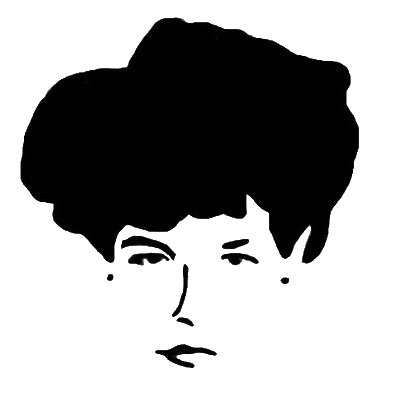1. A negative image has an inverse, the monochrome positive. The image stays the same, but the black and white tones exchange places.
2. In the studio, she photographs dreams. She constructs images that can never exist outside of the frame. Through meticulous composition, she makes the space where a woman’s shoulder meets her torso into a folded petal. She lights the image to a pure, bright white. The model’s body bent forward as if in prayer seems to glow from within, carrying flame like a calla lily.
3. Outside, a layer of silence covers Paris like snow. In the street, she finds only nightmares. These are real. A typewriter smashed against pavement, its misaligned keys like fingertips stretched out supplicant.
4. In the image of the nude woman bent forward, the edges of her body are softened, the affect a halo. It looks accidental. It isn’t.
5. This is how it happens. Three years before, the photographer watches an image bloom out of nothing, her eyes accustomed to the darkness of her studio, when she feels the pressure of something living traverse her ankle. An animal? Without thinking, she turns on the lights, risking the image. But instead of being destroyed, the background, black, exposed, comes right up to the edge of the body, lit, in the foreground. The image cannot heal together, so it becomes something else instead.
6. Three years later, explosives are rigged at the base of a cathedral.
7. In the darkroom, she burns soft edges onto the resin paper during a moment of exposure to light.
